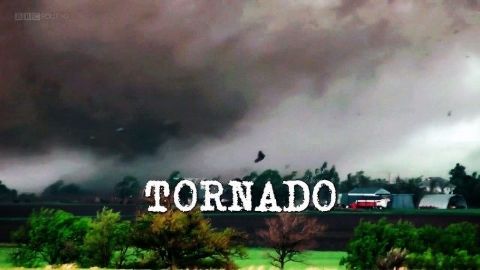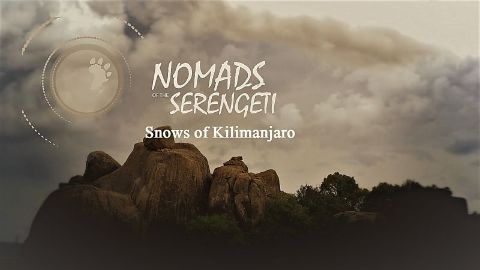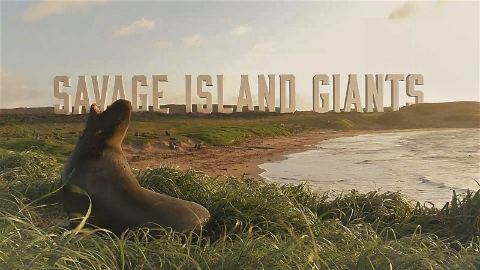After Life: The Strange Science of Decay • 2011
If you have ever wondered what would happen in your own home if you were taken away and everything inside was left to rot, the answer is revealed in this programme which explores the strange and surprising science of decay. For two months, a glass box containing a typical kitchen and garden was left to rot in full public view within Edinburgh Zoo. In this resulting documentary, Dr George McGavin and his team use time-lapse cameras and specialist photography to capture the extraordinary way in which moulds, microbes and insects are able to break down our everyday things and allow new life to emerge from old. Decay is something that many of us are repulsed by, but as the programme shows, it's a process that's vital in nature. And seen in close up, it has an unexpected and sometimes mesmerising beauty.
Make a donation
Buy a brother a hot coffee? Or a cold beer?
Hope you're finding these documentaries fascinating and eye-opening. It's just me, working hard behind the scenes to bring you this enriching content.
Running and maintaining a website like this takes time and resources. That's why I'm reaching out to you. If you appreciate what I do and would like to support my efforts, would you consider "buying me a coffee"?
Donation addresses
BTC: bc1q8ldskxh4x9qnddhcrgcun8rtvddeldm2a07r2v
ETH: 0x5CCAAA1afc5c5D814129d99277dDb5A979672116
With your donation through , you can show your appreciation and help me keep this project going. Every contribution, no matter how small, makes a significant impact. It goes directly towards covering server costs.





